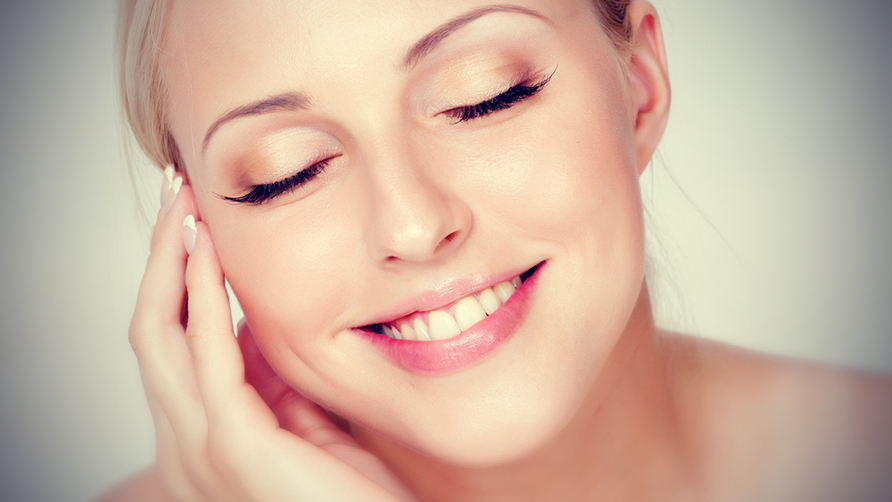There’s nothing better compared to treating your skin to a little pampering and with the help of a professional spa facial! However, in these difficult economic times, it is not always considered affordable or practical. To help maintain beautiful, radiant, healthy skin it’s important to know more about the best treatments that you can do at home.
Many of us don’t realize that we can easily whip up our very own holistic skin care treatments using ingredients that can be found in our own home. Homemade beauty treatments are actually fun and economical way.
Aromatherapy
The use of aromatherapy essential oils has been used for centuries to promote physical, mental, emotional, and spiritual health and well-being. Aromatherapy is a form of herbal medicine that helps the body to heal itself by utilizing the physical and emotional properties of aromatic plant extracts obtained from flowers, trees, seeds, leaves, stems, roots and other parts of plants. Essential oils are highly concentrated and do not contain artificial fragrances.
1. Identify Your Skin Type
You first have to determine your skin type. Understanding your skin type will help you choose which DIY recipes best suit your complexion. There are 5 skin types:
Normal – This type of skin in balanced, neither oily nor dry with little to no blemishes. In addition, the pores are usually small to medium and the skin is smooth and soft, and with excellent elasticity. It’s regarded as the least problematic skin type and one which most people are striving for.
Dry – This type of skin lacks water and oil and may be the result of under-active sebaceous glands. Dry skin generally feels taught after cleansing, is susceptible to flaking and fine lines, and tends to age faster than oilier skin types. Often times easily irritated. Itchy and dry skin can make you feel tight as well as appear dull.
Oily Skin – Oily skin is often due to having an over-active sebaceous gland and is usually shiny in appearance, coupled with pores that measures from medium to large. Those with oily skin normally have frequent black heads, blemishes and clogged pores.
The Combination Skin Type – Combination skin occurs whenever you have more than 1 type of skin. Typically the skin is oily in areas referred as the T-zone nose, forehead, and chin as well as dry or normal skin on the cheeks.
Sensitive Skin – Sensitive skin can be oily, dry or normal. It’s actually more of a skin condition rather than a skin type. Also, sensitive skin appears to be fragile, prone to inflammation and redness, as well as easily irritated by skin care products and other cosmetics.
Are you still unsure when it comes to your skin type? Of course, you could go online and use Google. Type in “free skin treatment evaluation” to obtain a personalized evaluation and analysis or your skin. Better yet, you could also ask help from an expert at the Regis Salon. Once you’ve determined your specific skin type, you can choose the appropriate essential oils and beauty recipes to use.
In addition to using essential oils to treat psychological and emotional issues, these natural oils can help enhance the wellness plus beauty of our skin, hair, and nails. Essential oils for the skin help heal, nourish, and balance the skin, while absorbing quickly and deeply.
They stimulate cellular renewal and are very useful in terms of treating the usual skin conditions such as psoriasis, stretch marks, cellulite, wrinkles, blemishes and eczema. When used for the hair, essential oils fuel hair growth, restore loss of hair and thinning hair, as well as aid in solving various scalp disorders. For nail care, these potent oils can help treat cracked cuticles while strengthening brittle nails.
Essential oils are not only healthy and healing, but are so versatile and fun to experiment and play around with. Many of the following DIY beauty recipes contain healing essential oils. These recipes are easy to make and I have personally tested and used each recipe.
You can achieve wonderful results by mixing, matching, and experimenting with these multi-faceted natural oils. The essential oils and carrier (base) oils used in these recipes can be interchanged. So, get creative and don’t be afraid to tweak and customize any recipes to your liking.
Use only 100% pure aromatherapy essential oils derived from plants. Do not use synthetic oils made in laboratories.
2. Don’t apply undiluted essential oils
Avoid applying undiluted essential oils directly on the skin without using a carrier oil (also referred to as a base oil). They are very concentrated and may cause skin irritation, burns, or allergies.
The only exceptions are lavender and tea tree oil, which can be used as a spot treatment on pimples, burns, insect bites and stings.
3. Do not take essential oils internally – Essential oils are up to 100 times more powerful than the plant in which they were extracted.
4. Do not apply essential oils on broken or inflamed skin.
5. Do not use near open flames or any fire hazards – Essential oils are flammable.
6. Keep essential oils out of the reach of children and animals – do not use on babies, children, or pets before consulting a licensed Herbalist.
7. Proper care – When using essential oils, avoid contact with your eyes, ears, nose, and mouth. If you do accidentally get essential oils in the eyes, rinse with vegetable oil, NOT water! Essential oils are oil soluble, not water soluble.
